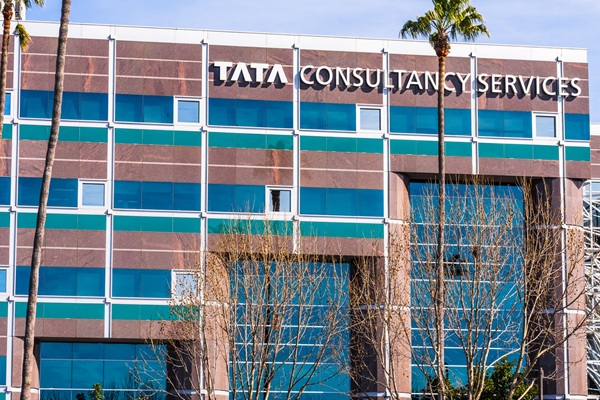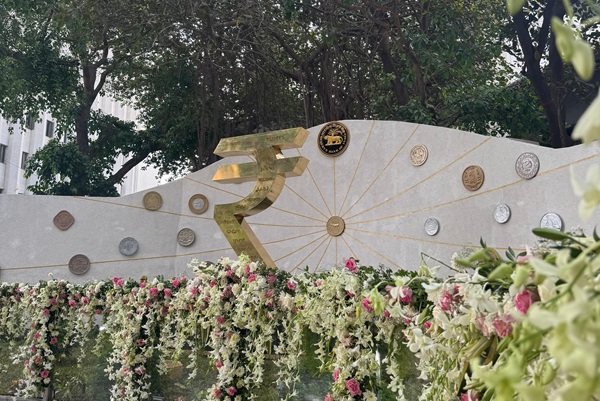.png)

Dhananjay Sinha, CEO and Co-Head of Institutional Equities at Systematix Group, has over 25 years of experience in macroeconomics, strategy, and equity research. A prolific writer, Dhananjay is known for his data-driven views on markets, sectors, and cycles.
September 21, 2025 at 3:28 PM IST
The post-pandemic years gave India’s services exports their biggest boost in decades. As global firms scrambled to rebuild supply chains and digital capacity, demand for Indian IT and business services surged. Net services exports jumped to $190 billion in 2024-25, more than double pre-COVID levels. IT alone contributed $159 billion, while “other business services” such as Global Capability Centres added $40 billion from virtually nothing. This cushion of exports became India’s shock absorber, offsetting a widening goods deficit and supporting macro stability.
But the very momentum of this recovery has now invited pushback. US imports of IT services from India in first half of 2025 rose 21% from a year ago, outpacing US exports and the global average. The Trump administration has turned that imbalance into a political argument. A $100,000 fee on H-1B visas, layered on top of earlier tariffs, pulls services into the same arena as goods. What was once a symbol of resilience has become the new fault line in trade.
Recovery to Retrenchment
The fee’s design makes the cost implications severe. It raises the expense of hiring H-1B workers by 6–15% relative to salaries, cutting margins by 200–500 basis points. For firms where the US accounts for 50–70% of revenue, this is no small adjustment. The big Indian IT vendors may lean on local hiring and offshoring to cushion the blow, but smaller firms more reliant on visas will feel the squeeze. Billing rates could fall as onshore work is shifted offshore, and fresh Indian hires face the sharpest slowdown in opportunities.
The broader macro implications are clear. Sales growth of IT companies, once running above 7%, could slow to 3–4%. With goods and services exports tightly correlated, this adds another drag on overall growth. Recent monthly data already show a 16% drop in net services exports since December 2024. Combined with an 81% collapse in net capital inflows to $16.7 billion, the risk to India’s balance of payments has become tangible.
This is not just about trade; it is about transmission. IT and BFSI are core to urban employment and incomes. A prolonged squeeze on margins and exports would ripple into consumption, housing markets, lending quality, and the flow of remittances back to rural households, compounding the broader impact from the goods trade. What looked like a temporary tailwind after COVID is now being reversed by the weight of protectionist headwinds.
A Policy Reset
India’s post-pandemic surge proved the resilience of its services story. But the new visa regime is a reminder that resilience is not the same as immunity. The time for a reset is now.




